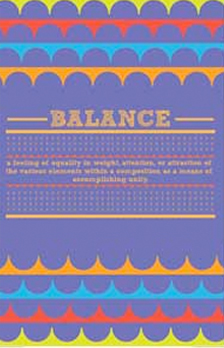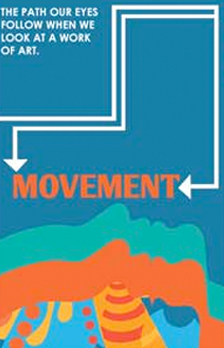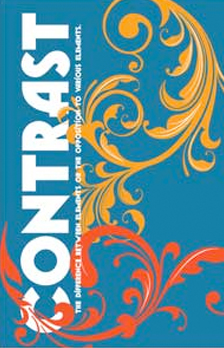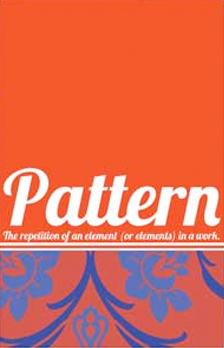Principles of Design
Design education begins with learning and understanding the Principles of Design. For most projects these 6 are useful: Balance, Contrast, Movement, Pattern, Rhythm, and Unity. Image & Text sources.
Design education begins with learning and understanding the Principles of Design. For most projects these 6 are useful: Balance, Contrast, Movement, Pattern, Rhythm, and Unity. Image & Text sources.






